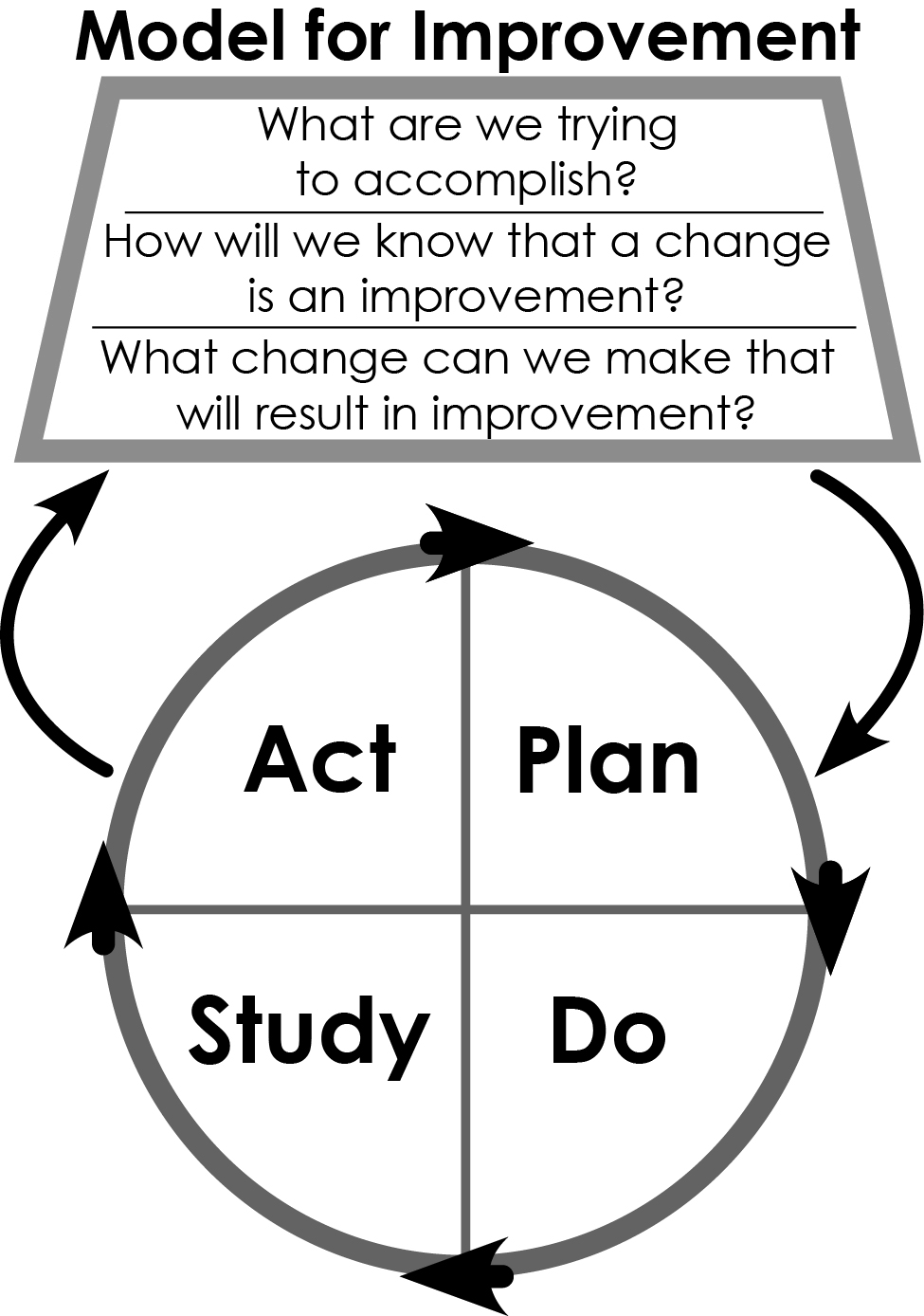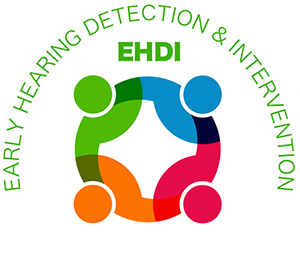Last Modified: 09/01/2023
Overview of QI

The goal of QI is to use an iterative process to make systematic improvements in EHDI programs. The specific QI strategies EHDI program staff were taught during the Learning Collaboratives were based on the Model for Improvement. This model has been used by numerous healthcare organizations to improve healthcare processes and outcomes.1 The model is driven by three fundamental questions followed by tests of change.
Fundamental Questions:
- What are we trying to accomplish?
- How we will know if a change is an improvement?
- What changes can we make that will result in improvement?
Tests of change:
The tests of change entail Plan-Do-Study-Act (PDSA) cycles. The cycles are used to rapidly test the change by planning the change, trying the change, observing the results of the change, and then acting on what is learned from the cycle. Initially PDSA cycles are implemented on a very small scale and once confidence in the change strategy is established, the PDSA is incrementally expanded.
More information about how QI is being used by EHDI programs is available by emailing Alyson Ward at NCHAM.
- See the Institute for Healthcare Improvement’s website for stories on improved outcomes using the Model for Improvement


